Advertisement
However, many ethical dilemmas can arise

by Frederick S. Frost, MD; and Patrick Schmitt, DO
Advertisement
Cleveland Clinic is a non-profit academic medical center. Advertising on our site helps support our mission. We do not endorse non-Cleveland Clinic products or services. Policy
A man in his early 40s arrived in the emergency department with acute onset hemiplegia. After receiving tissue plasminogen activator and a complete workup for a suspected stroke, the man was admitted to the hospital for treatment, including rehabilitation services. Subsequent diagnostic tests showed no evidence of stroke or any other neuroanatomic condition. Ultimately, notes in the medical record point to a diagnosis of exclusion: conversion disorder ‒ a functional neurological symptom disorder typically triggered by psychological conflict. His clinical presentation is characterized by hemiplegia.
Our belief is that this patient will benefit from rehabilitation services in the rehabilitation hospital. Ethical issues arise immediately.
• What is his admitting diagnosis? What do we tell the insurance company?
• What do we tell the patient about the etiology of his disability?
• What do we tell the rehabilitation staff about the best approach to his medical care?
Advertisement
Conversion disorder patients are increasingly common in the rehab setting. Ten years ago, we saw two of these patients a year. Now we see at least one a month. These are usually people of limited financial means and modest coping capacity. A combination of factors may contribute to the rising number of patients, including difficult socioeconomic conditions, a shrinking middle class job market and growing entitlement systems.
In the French medical system, the link between “mental malaise,” social disparities and musculoskeletal disability is well-documented. It is important to recognize that each of these patients falls along a spectrum of factitious disorders that ranges from persons with profound psychiatric illness to malingering. Furthermore, it is extremely common, as our colleagues in the epilepsy field can attest, to encounter a patient who has “real” neurological pathology but with enormous magnification of the physical disability.
When a patient has a difficult and time-consuming problem, physicians often search desperately for a way to shunt the patient off to a specialist. The knee-jerk reaction when confronted with a conversion disorder patient is usually a psychiatry consult. Psychological conditions are common in patients with conversion disorder, but not always present. In addition, linking symptoms to discrete psychological factors reflects a view of the condition that is overly simplistic. The American Psychiatric Association characterizes conversion disorder as a biopsychosocial problem, with psychiatric care as one of many treatment modalities.
PM&R physicians, uniquely trained to address biopsychosocial conditions, are often most adept at handling these complex cases.
Do we tell the insurance company that the patient has a biopsychosocial condition? What insurance company pays for inpatient hospital biopsychosocial rehabilitation treatments? Do we tell the patient that we suspect the real problem relates to his or her history of child abuse? Our psychiatric colleagues tell us this is absolutely the worst approach to a person with such a history. It might take years of expert psychotherapy to approach such a psychological conflict safely. Do we tell the rehab team a different story than we tell the patient?
Advertisement
There is another name for filtering and selectively dispensing information: lying. We discussed this ethical dilemma in a recent publication.1
Well-selected conversion disorder patients will benefit from a stay on the rehab unit. Although the long-term outcomes have not been studied, admitting such patients to the rehab unit removes them from the environmental vectors that promote their condition. It allows them to focus on changing the functional elements affecting their interactions with their environment. A caring, supportive, therapeutic milieu on the rehab unit is often a stark contrast to patients’ home environment. Admitting patients to acute rehabilitation follows the same logic as admitting those with alcoholism to a residential treatment program.
In considering a different patient, perhaps an 80-year-old woman who has fractured her hip, no one would argue against engaging inpatient rehabilitation to help her deal with critical issues such as anxiety and loss of confidence that accompany her disability. Why is it any different for a person with conversion disorder?
We make it clear to patients, families and caregivers that we address deficits in function, regardless of their etiology. That is not a lie. Mature and professional rehab team members will not be punitive to the patient; they are the best people to understand and treat any biopsychosocial condition.
1. Kirschner KL, Smith GR, Antiel RM, Lorish P, Frost F, Kanaan RA. “Why can’t I move, Doc?” Ethical dilemmas in treating conversion disorders. PM&R. 2012;4(4):296-303.
Dr. Frost is Chairman of Cleveland Clinic’s Department of Physical Medicine and Rehabilitation and Executive Director of Cleveland Clinic Rehabilitation and Sports Therapy.
Dr. Schmitt is a staff member of the Department of Physical Medicine and Rehabilitation.
Advertisement
Advertisement
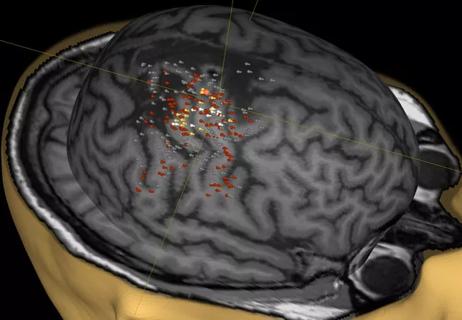
A noninvasive approach to map eloquent areas before surgery
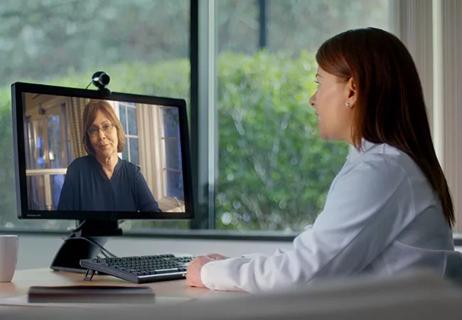
Physician reimbursement policy experts join forces with IT and coders to enable digital transformation

Minority Stroke Program focuses on outreach to racial and ethnic minority communities
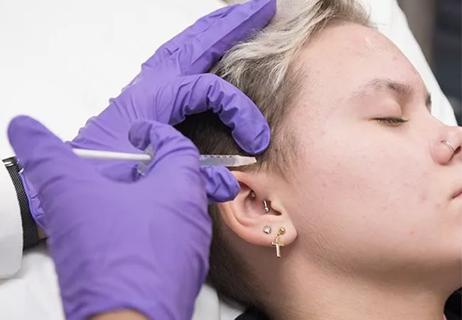
Excellent response seen with ongoing use in patients as young as 11

Q&A with a psychiatrist in Cleveland Clinic’s Transgender Surgery and Medicine Program

Time constraints, language barriers, substance misuse, mood disorders targeted for improvements
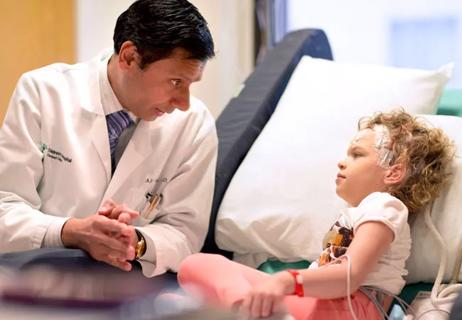
Project draws $1.6M to leverage telemedicine to create medical home, ease transition to adult care
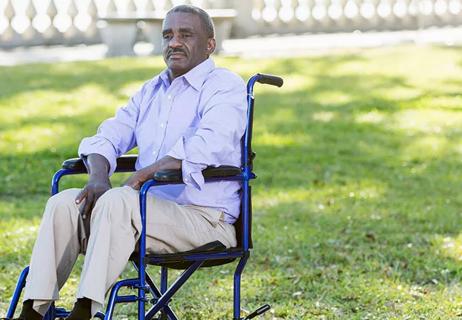
Comorbid depression is only one of the likely warning signs